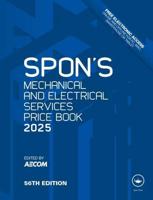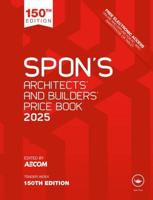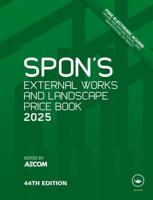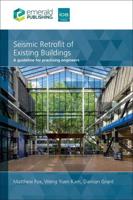Publisher's Synopsis
Empirical Design in Structural Engineering explores the history, applicability and uses of empirical design. This book aims to show that empirical design is practised much more widely than is generally understood, that it can make a particularly valuable contribution to your structural engineering design, and that it can be found embedded within the procedures of rational engineering design. Through examples of practices from North America, Europe and Asia, the author investigates the capabilities of the key materials for structural engineering - steel, concrete, wood and masonry - and how they connect to engineering, especially the engineering of building structures.
This book also considers the value of prior experience in determining the configuration and size of designed structures including bridges, buildings and other structures. With case studies that focus on historic structures, forensic engineering and reinforced concrete, this book explores: philosophical empiricism and rationalism; engineering empiricism and rationalism; empirical builders and their products; contemporary building codes; ethical issues in the application of empirical design; and contemporary uses of empirical design.
This book will be of interest to any student or practising engineer interested in the role that empirical design can play in their project. It will have additional appeal to those interested in or engaged with architecture, construction management and buildings management..








